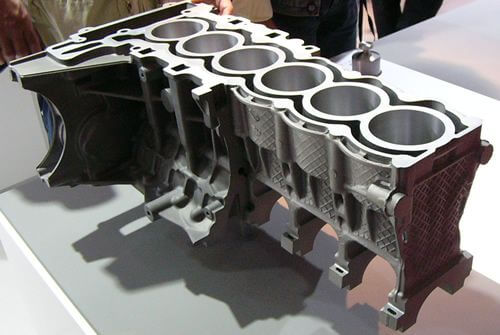
Die Casting Oil Smoke/Mist Collection
Die casting is a type of metal casting method that uses high-pressure to force molten metal into a mold cavity to produce a specific shape. Most die castings consist of non-ferrous metals such as magnesium, zinc, lead, copper, tin-based alloys, aluminum, and pewter.
The die casting process involves high-heat temperatures, rapid friction, and high-pressure coolants, when combined, oil smoke, and oil mist are produced at submicron sizes and in heavy concentrations.
If not properly filtrated, sticky residue from the oil smoke and mist can rest on worktops and floors creating slippery surfaces, damage or destroy pre-filters and filters, and reach the breathing zone of machine operators causing serious health risks.
Contamination from die casting comes from both metal oxides and die lubricants. The amount of metal oxides that escape depends on the temperature and non-ferrous metal being worked with. Metal oxides are not only emitted when being forced into a die cavity but also when the cavity is opened and closed.
Most die casting pollution is due to die lubricant (also known as emulstion) evaporation. Emulsion is used to control the temperature of the dies and make the removal of the casting easier. Die lubricant contaminants are developed when the lubricant is sprayed onto hot die cavities, the main plunger, and die guide bars. Because of high-level temperatures (molten metal temps. can exceed 1,000°F), submicronic smoke, made up of graphite, carbon, and heavy oils, is developed and discharged.
The size of particulate generated by different processes and coolants may vary. While most oil mist and smoke collectors are only effective in capturing particulate around 10 μm, ScandMist units remove particulate under one micron in diameter..